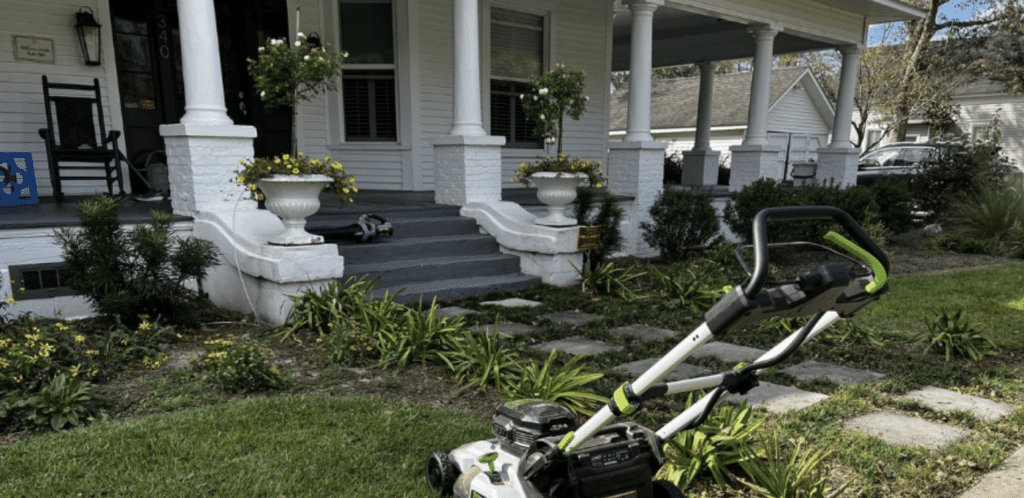Generation180’s new national report on schools going solar garnered some high-profile attention in the last week. Brighter Future: A Study on Solar in U.S. K-12 Schools, 4th edition, has helped to stir up a national conversation on how schools powered by clean energy can be a scalable climate solution that benefits school budgets, student education, and the warming planet.
In a Sept. 19 Associated Press (AP) story, former President Bill Clinton cited the study during a Clinton Global Initiative meeting.
“[President Clinton] points to a study from Generation180, a nonprofit that promotes the use of clean energy. Its research shows some rural schools have installed solar panels to reduce their carbon emissions and their electric bills. The schools then used the savings to give raises to teachers.”
“The energy is here. The jobs are here. The benefits are here. The kids win,” [President] Clinton said. “That shouldn’t be a political issue.”
The New York Times climate reporter Cara Buckley published the Sept. 15 piece Facing Budget Shortfalls, These Schools Are Turning to the Sun, featuring Generation180’s report findings and many school districts’ stories about the benefits of solar.
From New Jersey to California, nearly one in 10 K-12 public and private schools across the country were using solar energy by early 2022, according to data released Thursday by Generation180, a nonprofit that promotes and tracks clean energy. That’s twice as many as existed in 2015…
Tish Tablan, program director at Generation180, said the normalization of solar was especially potent when it came to public schools. “When schools go solar, students learn about it, they talk to parents, families are inspired,” she said, “We see a ripple effect across communities.”
The New York Times article tells the stories of schools from Montana to Virginia that have made the transition to solar and reaped the benefits of cost savings, resilience, and reinvesting in students and families. Generation180 connected the news outlet with school district leaders in our Clean Energy School Leader Network to talk about their experiences in going solar, including David Childress from Louisa County Public Schools in Virginia, Doug Arnold from Orange County Public Schools in Virginia, Laura Capps from Santa Barbara Unified School District in California, Mike Tatsey in Heart Butte, Montana, and Michael Hester from Batesville School District in Arkansas.
Read and share the articles to keep the conversation going about the potential power of solar energy for schools! Visit our Solar for All Schools campaign page to get resources on how to get involved in bringing solar to a school in your community.















